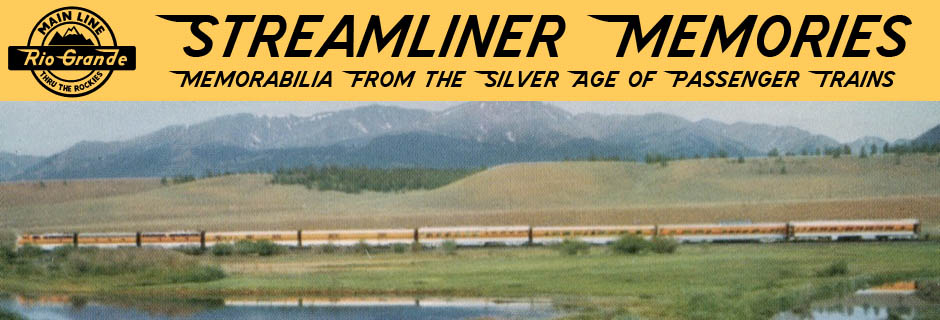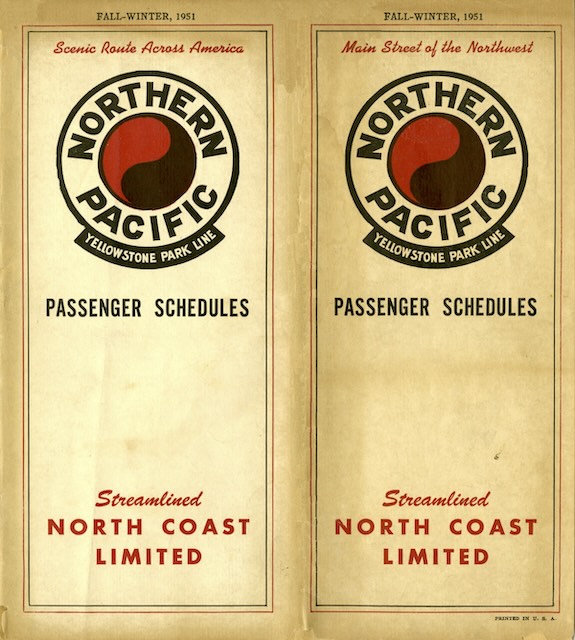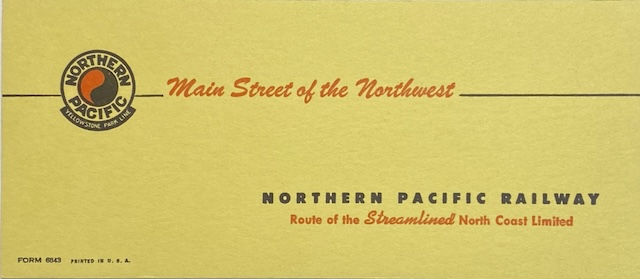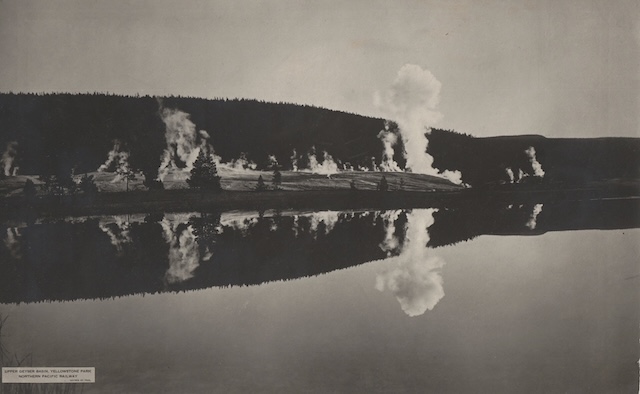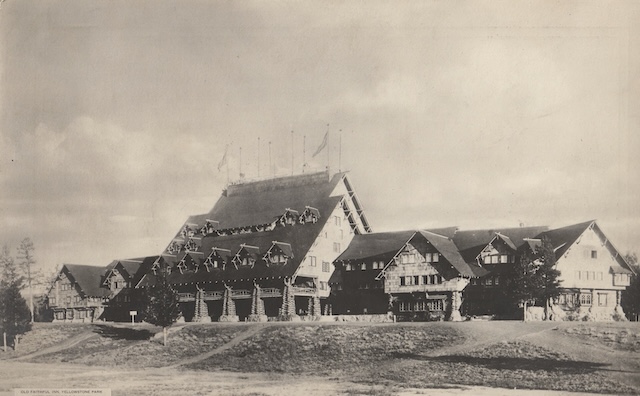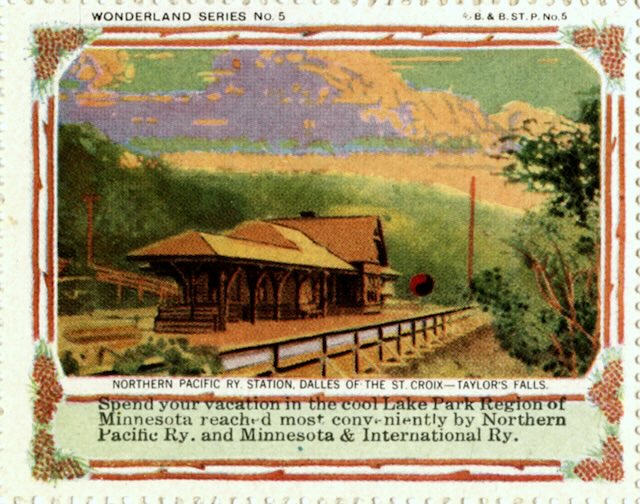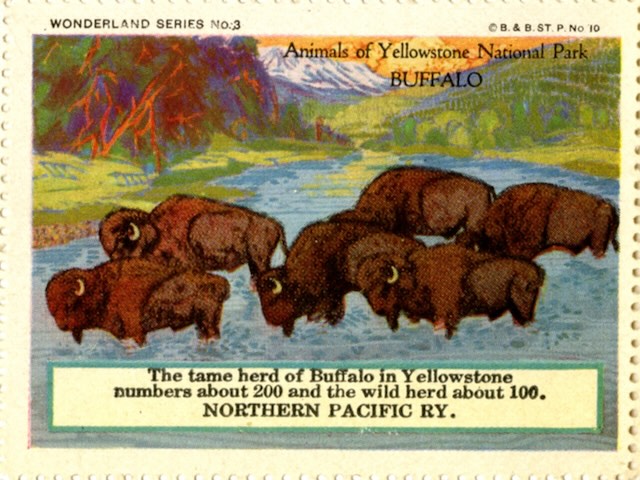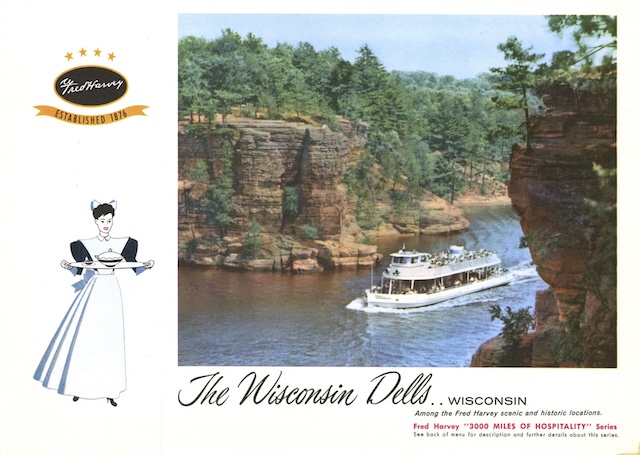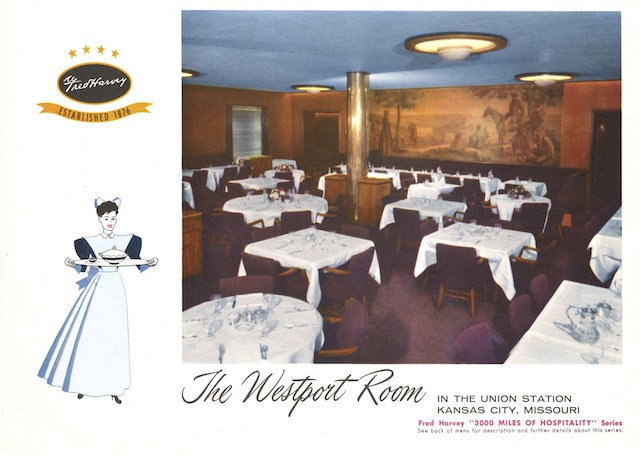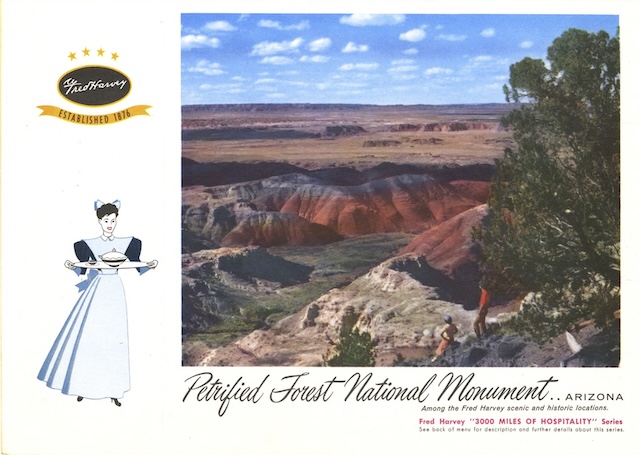Although the cover calls this the Summer timetable, the back cover notes that it went into effect on April 27, seven months after yesterday’s. Yesterday I noted that the schedule for the Alaskan included a sleeping car between St. Paul and Fargo that, from October through January, went via Great Northern’s Dakotan. This timetable says it was back on the Alaskan but only through May, while June through September it would again be part of the Dakotan.
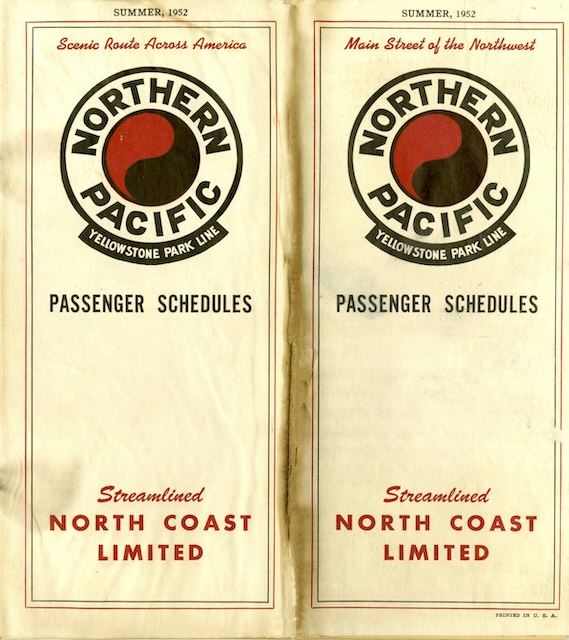 Click image to download a 23.8-MB PDF of this 36-page timetable.
Click image to download a 23.8-MB PDF of this 36-page timetable.
This certainly seems strange. The Dakotan left St. Paul at 9 pm and arrived in Fargo at 6 am. The Alaskan was faster, departing St. Paul at 9:30 pm and arriving in Fargo at 5:30 am. The two trains served different towns along the way so anyone getting on or off at a town on the NP would have to go coach or ride the Alaskan‘s St. Paul-Mandan sleeping car. Continue reading
